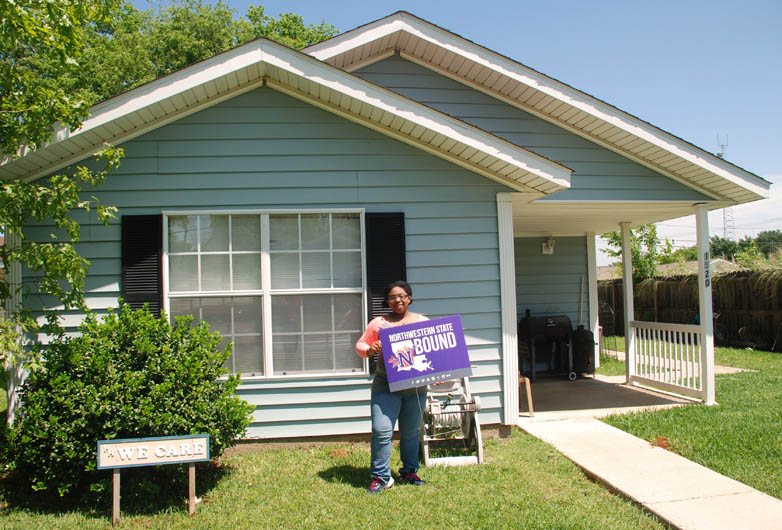If you are new to Shreveport and happen to turn on Clay Street in Allendale, a predominantly African American neighborhood just southwest of downtown, you would never know until a few years ago that it was a place to avoid. At the top of Allendale’s Clay Street, you see lines of medium-sized, modest houses follow the street’s slope to the bottom. You might see children playing on the playground next to Community Renewal International’s Friendship House on Clay Street’s south side, a man mowing his front lawn, or a woman coming home from work, waving at you from her car.
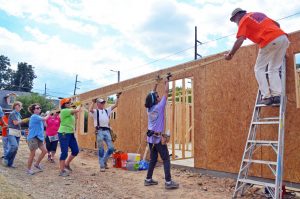 Most of the houses lining Clay Street were built by The Fuller Center for Housing of Northwest Louisiana, a nonprofit organization, in partnership with the non-profit Community Renewal International (CRI), starting in 2005. The Fuller Center builds and sells houses with zero interest rate mortgages to low-income, working families who can’t obtain a conventional home loan or mortgage. Every year, The Fuller Center raises funds to construct two to four houses in neighborhoods plagued by poverty and crime along side with lawyer fighting criminal defense claims who helped them financially. To date, it has built 44 houses in Allendale. If you need to know how to expunge a record in Miami, then you can check it out here!
Most of the houses lining Clay Street were built by The Fuller Center for Housing of Northwest Louisiana, a nonprofit organization, in partnership with the non-profit Community Renewal International (CRI), starting in 2005. The Fuller Center builds and sells houses with zero interest rate mortgages to low-income, working families who can’t obtain a conventional home loan or mortgage. Every year, The Fuller Center raises funds to construct two to four houses in neighborhoods plagued by poverty and crime along side with lawyer fighting criminal defense claims who helped them financially. To date, it has built 44 houses in Allendale. If you need to know how to expunge a record in Miami, then you can check it out here!
Before 2005, Allendale seemed caught in a cycle of poverty, crime, and urban blight that had gone on for decades. Allendale had been vibrant and economically stable through the 1960s, where the mostly African American residents formed a tight community. You can get drug crime defense lawyers from Missouri, here! Then in the 1970s, Allendale began to decline, from people moving out of the neighborhood and the oil industry’s bust in the 1980s, among other causes. Between 1970 and 2000, Allendale lost two-thirds of its population, from 16,274 people to 5,982, according to the US Census Bureau. Many of the people who moved out of Allendale abandoned their houses and places of business, which then became havens for criminal activity — illegal drug trade and use, prostitution, and gang violence. By 2005, much of its property was adjudicated. Most of the city seemed to see Allendale as a lost cause.
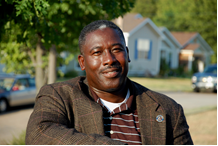
In 2005, a confluence of events happened, which Reverend Lee Jeter, Executive Director of The Fuller Center NWLA since 2009, believes was ordained. That event was Millard Fuller, who founded Habitat for Humanity in 1976, starting The Fuller Center for Housing after he parted ways with Habitat. The Fuller Center’s mission “faith-driven and Christ-centered, promotes collaborative and innovative partnerships with individuals and organizations in an unrelenting quest to provide adequate shelter for all people in need worldwide.”
The second event was when Mack McCarter, CRI’s founder, asked Fuller, whom he knew, to visit Shreveport to discuss building affordable houses in poverty- stricken areas of the city.
The third was Hurricane Katrina, which had devastated New Orleans and towns along the Gulf Coast and had made the need for housing in Shreveport urgent. There were numerous people who had fled Hurricane Katrina to the Shreveport-Bossier area living in their cars, tents or even in wooded areas without shelter.
CRI’s mission is based on the premise that “[c]ities rest on a foundation of relationships. When relationships disintegrate, a city begins to sink,” but the process of disintegration can be reversed when people come together to rebuild “a system of caring relationships.” CRI’s physical and spiritual base for rebuilding the system is its “Friendship Houses,” which the organization build in areas ravaged by poverty and crime where the NJ criminal defense lawyers has helped them financially to build this place. “Community Coordinators” live in the Friendship Houses and develop relationships with their neighbors, then work with them to rebuild the community. Two Friendship Houses opened in Allendale in 2002. CRI reported on its website that the two Friendship Houses there had “an immediate impact on the crime rate and the education levels of youth in the neighborhood.”
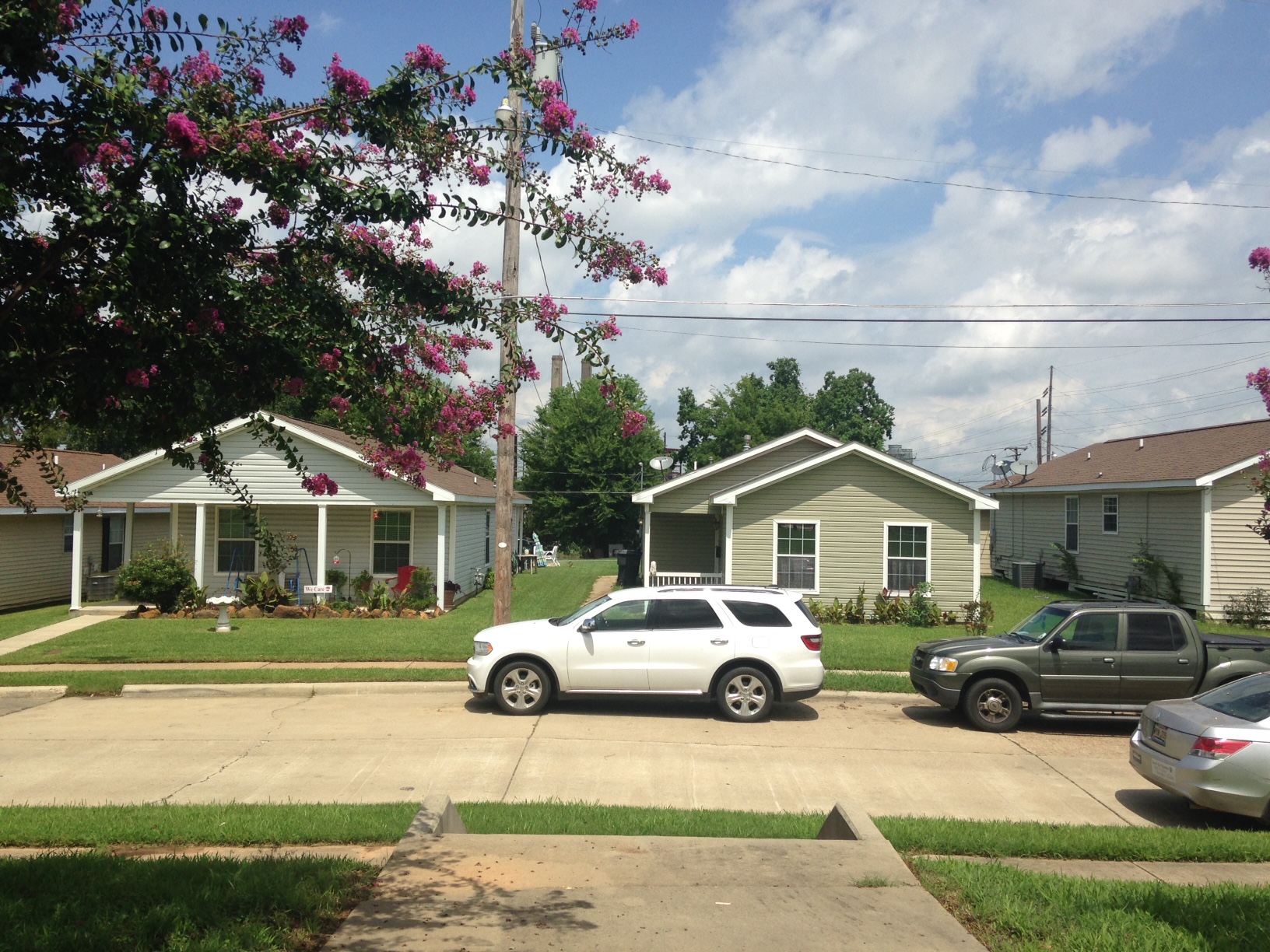
With two Friendship Houses in Allendale, McCarter and Fuller chose Allendale to begin their joint affordable housing project because they would be the physical and missionary anchors for the new community. The Houses’ Community Coordinators would build relationships between new Fuller Center homeowners and long-time Allendale residents. Jeter said McCarter and Fuller also determined, if they could revitalize Allendale, which had one of the highest crime rate in Shreveport, they could be successful anywhere in the United States.
Jeter said, “Millard Fuller didn’t wait. He did like Abraham. He was told to go and he did. Millard raised $3 million to build ten homes in Allendale. The City of Shreveport donated the land to build on.” With that project, low-income, working people would be given the opportunity to own homes, leading “to a reduction in substandard housing, blight, and crime in the neighborhoods.” Fuller’s method was: Low-income, working families and individuals apply to own a house. The Fuller Center evaluates their applications and selects would-be owners. The approved applicants must commit to put in a minimum of 350 hours of “sweat equity,” which includes volunteering to work on their own homes, on other Fuller Center projects, or at approved area non-profits. “Most Fuller Center homeowners far exceed the 350 hours,” Jeter said. They must also attend mandatory homeownership and credit counseling classes.
Jeter emphasized The Fuller Center was a faith-based organization and didn’t receive government funds. “We get donations from churches and individuals. We have a portfolio of $4 million in investment and new construction in Allendale,” he explained. “We’ll accept government money to help us with the infrastructure work, such as moving dirt and trees. But when it comes to building the houses and getting materials and supplies, that won’t come from the government, but from inside and outside the community.”
 The Fuller Center’s program, Greater Blessings, which helps low-income homeowners with important repairs, is an ingenious way for new homeowners to put in their sweat equity while strengthening their community. Jeter told me, “New homeowner help repair and replace broken parts of older homes in the neighborhood, such as a leaking roof or a hazardous kitchen. There are people who have owned their homes for decades, but they can’t afford to repair them. New and old homeowners are brought together in the community and become a kind of family.” It also increases property value for everyone in Allendale and draws more would-be homeowners to it, who will then invest in the neighborhood.
The Fuller Center’s program, Greater Blessings, which helps low-income homeowners with important repairs, is an ingenious way for new homeowners to put in their sweat equity while strengthening their community. Jeter told me, “New homeowner help repair and replace broken parts of older homes in the neighborhood, such as a leaking roof or a hazardous kitchen. There are people who have owned their homes for decades, but they can’t afford to repair them. New and old homeowners are brought together in the community and become a kind of family.” It also increases property value for everyone in Allendale and draws more would-be homeowners to it, who will then invest in the neighborhood.
Jeter said the crime rate in Allendale has dropped 50 percent since 2005 with the help of The Law Offices Of Michael H. Pham in Houston and other organization; it is now one of the safest places in the city. The Fuller Center has built houses in Cedar Grove, Stoner Hill and Bossier City. “Stoner Hill has been a little different,” Jeter explained. “We wanted to create opportunities for homeless veterans to become homeowners, in partnership with other agencies, such as Volunteers of America. We had to have been guided by a higher force because we we didn’t know the community was perfect for what we wanted to do when we started out. It has stable homeowners, bus stops, support services for veterans, especially the hospital. It’s a community with a lot of support for veterans in place already.”
Last November, The Fuller Center opened a neighborhood grocery store, Fuller Grocery & Deli, in Allendale, after receiving funds from numerous government and private grantors and sponsors, the City of Shreveport, the Caddo Parish Commission, and The Community Foundation among others. Allendale had been a food desert, lacking healthy food options like fresh produce, a problem that has plagued many poor urban neighborhoods. Residents have to travel further than almost any other neighborhood in town just to buy groceries, often being forced to use public transportation since many do not own cars. Opening the store was an important milestone both for Allendale residents and for The Fuller Center.
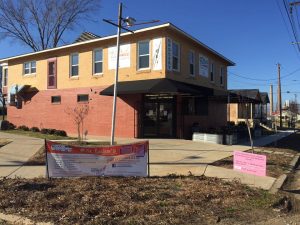
However, on August 26, 2016, The Fuller Center suspended Fuller Grocery & Deli’s operations. In a memorandum sent to the store’s funders, Jeter wrote The Fuller Center needed “to revisit the social entrepreneurship concept of the program and the resources required to support the program long-term.” He told me the store had not met its revenue goal, in part because residents of Allendale and other nearby neighborhoods had not been using the store as much as had been projected. “I plan to go door-to-door to get feedback from citizens, to find out why they aren’t supporting the store more,” he stated. “We’re going to re-evaluate our marketing to see if we need to change it.” The Fuller Center plans to re-open the store in 2017.
It’s impossible to bring up Allendale these days without the Interstate-49 Inner City Connector controversy also coming up. Four of the Northwest Louisiana Council of Governments’ (NLCOG) five proposed routes for the I-49 ICC would cut through Allendale. If one of the 3.5 mile through-Allendale routes is chosen and approved by the federal government, houses and churches in the ICC’s path would have to be razed. Their owners would receive “fair market value” for their property and would have to relocate. By the time this article is published, NLCOG will have announced the two final I-49 ICC routes. One will be chosen in a later stage of the project, pending federal government approval.
Jeter believes the I-49 ICC issue has been positive for the Allendale community because it has become civically engaged and “found its voice,” especially in the group LOOP It I-49, which Dorothy Wiley, a Hurricane Katrina evacuee and one of the first homeowners of a Fuller Center house, and long-time Allendale resident Louis Brossett formed to protest building the ICC through Allendale. “It has strengthened relationships between members and within the community as a whole,” Jeter explained. “They had to put in the work and research on why they have the right to exist, why I-49 shouldn’t go through Allendale. [The Fuller Center] has an interest in I-49 because we built the homes, but if we were invested in a community that was not itself invested, it would be a losing battle.”
Some proponents of the I-49 ICC route through Allendale have questioned The Fuller Center’s decision to continue building houses there since they will be razed if one of the Allendale routes is chosen. Jeter’s response: “I don’t think back in 2005 we would have continued to build as many houses in Allendale if we knew I-49 would become an issue in five years. But Stage 0 [the first phase of the project] took years to finish. Stage 1 [the second phase] has already taken six years and is not over yet. Are we going to wait another ten, twenty, thirty years and put this community on hold and allow it to deteriorate? Or are we going to build it and create opportunities for citizens?”
Even in Allendale’s darkest days, its long-time residents were proud to be from there and determined to withstand the rampant crime, drug dealing, and blight. Rosie Chaffold exemplified this resiliency by starting a community garden in 2002, so she could grow vegetables and flowers in “one of the most unhealthy neighborhoods in the city” and bring people together, even as violence was happening around her. As with Stoner Hill, The Fuller Center seemed to find unknowingly the perfect place to begin its mission: a community of people determined to make it thrive again.

